Materials for a History of the Persian Narrative Tradition. Two Characters: Farhād and Turandot
Materials for a History of the Persian Narrative Tradition. Two Characters: Farhād and Turandot
Descrizione
This book gathers together two essays. The first deals with the origins of the character of Farhād, the unlucky lover of Shīrīn, who – in the Persian narrative tradition – digs a route through Mount Bīsutūn and accomplishes other admirable works.
The essay suggests that Farhād, as we know him from long narrative poems, historical chronicles, and reports by geographers and travelers, is the issue of a conflation between the legendary character of the Master of Mount Bīsutūn and a historical personage, Farrahān, the general-in-chief of the Sasanid king Khusraw II Parvīz’s army (r. 590-628 EC), as this figure was re-elaborated in a number of later legends.
The second essay identifies a character named ‘Būrān-dukht’ as the prototype from which Turandot, the heroine of the tale well-known in Europe from Puccini’s opera (1926), springs. Two historical personages, both called Būrān or Būrān-dukht, are relevant in this line of development: the first is the daughter of the Sasanid king Khusraw II Parvīz (r. 580-628 CE), who was queen of Persia for a short period (630-631 CE); the other is the daughter of Ḥasan b. Sahl, wife of Caliph al-Maʾmūn (813-833 CE).
Collana: Filologie medievali e moderne 19
Sottocollana: Serie orientale 4
Editore:
Edizioni Ca' Foscari - Digital PublishingData:
2019Formato
application/pdf (2.02 MB)
Soggetto
• Persian narrative tradition. Origins of literary characters. Turandot. Farhād. Farrahān Shahr-barāz. Niẓāmī. Būrān-dukht. The Turandot tale








 è un servizio del
è un servizio del